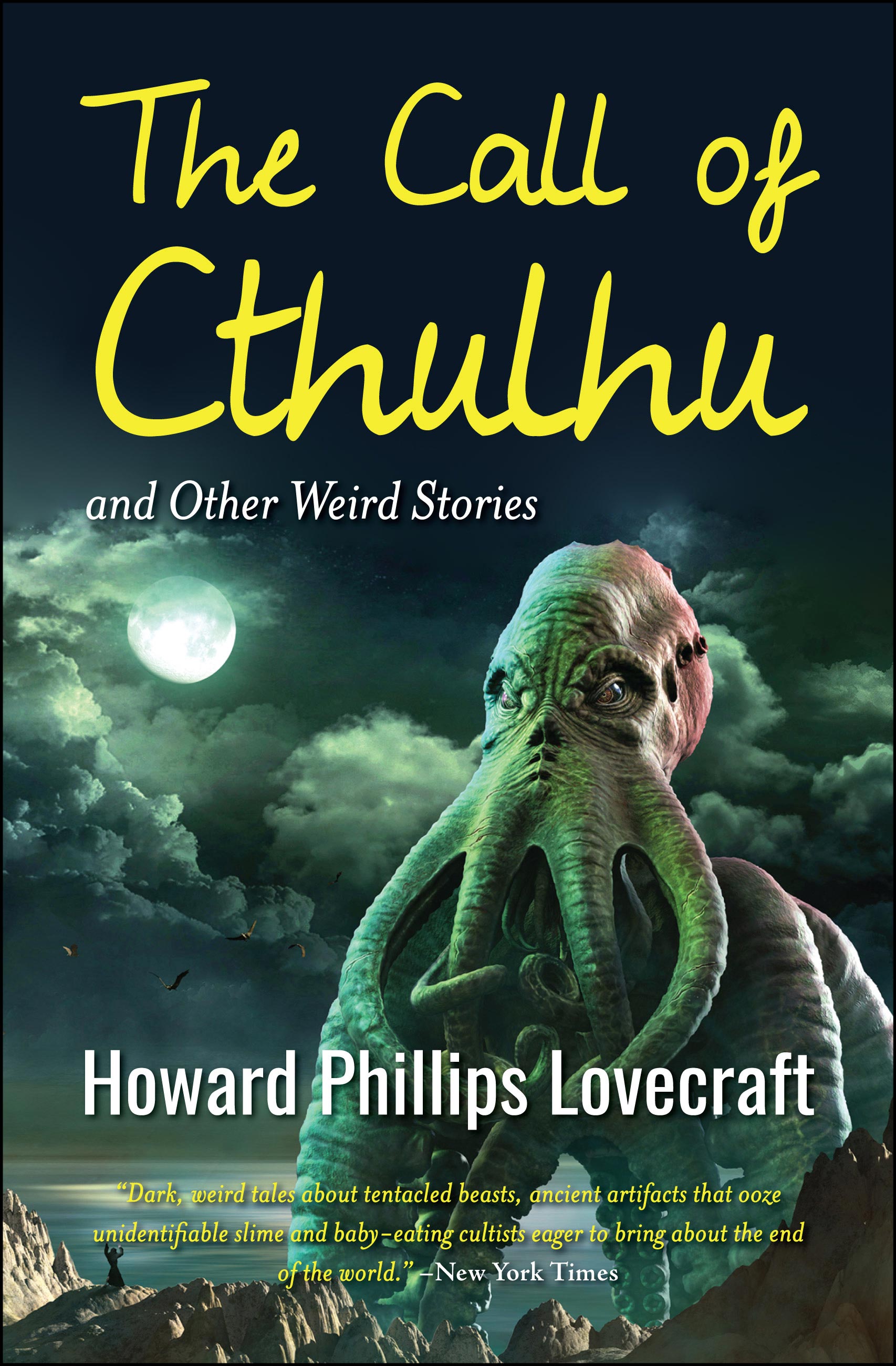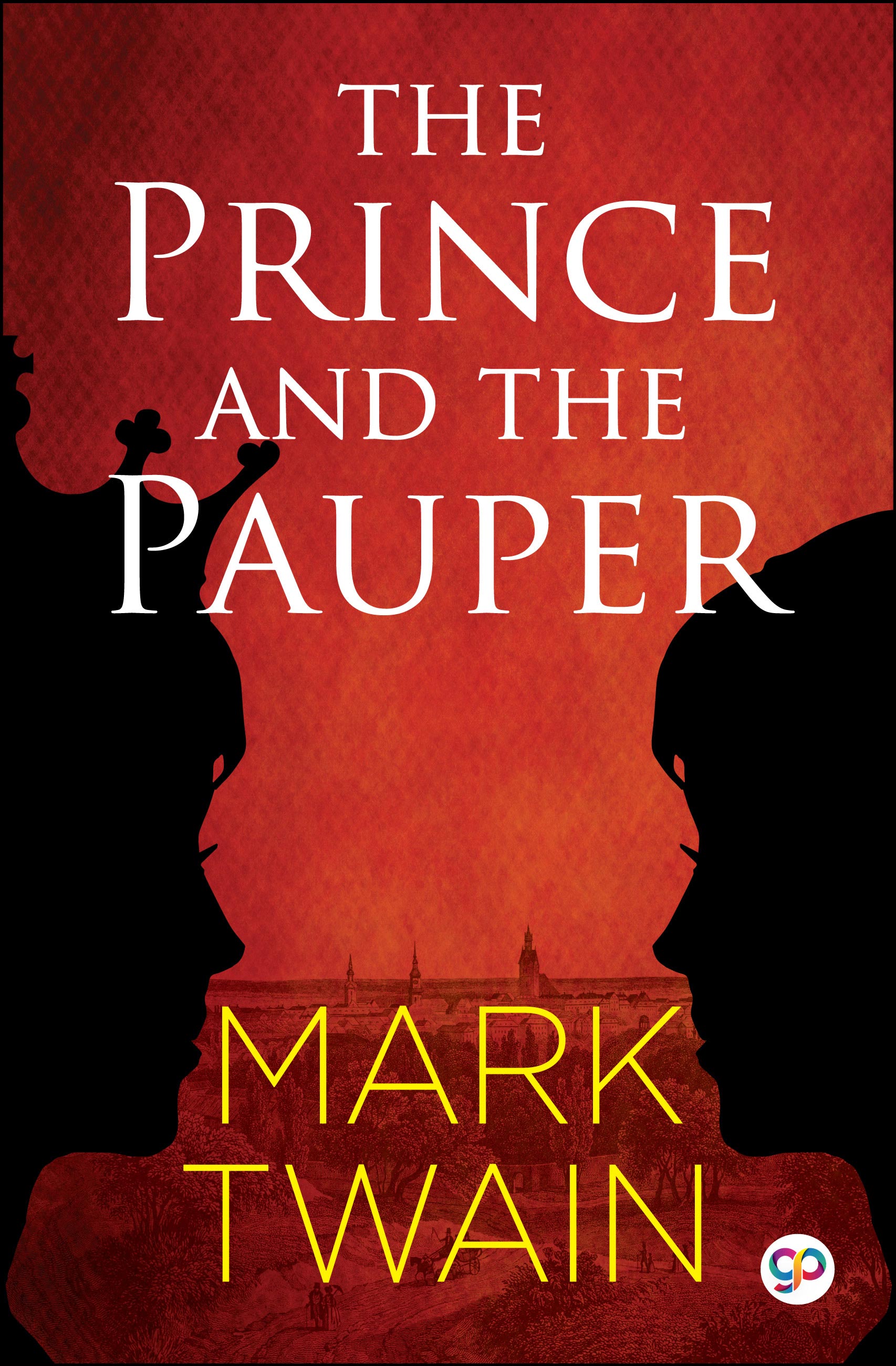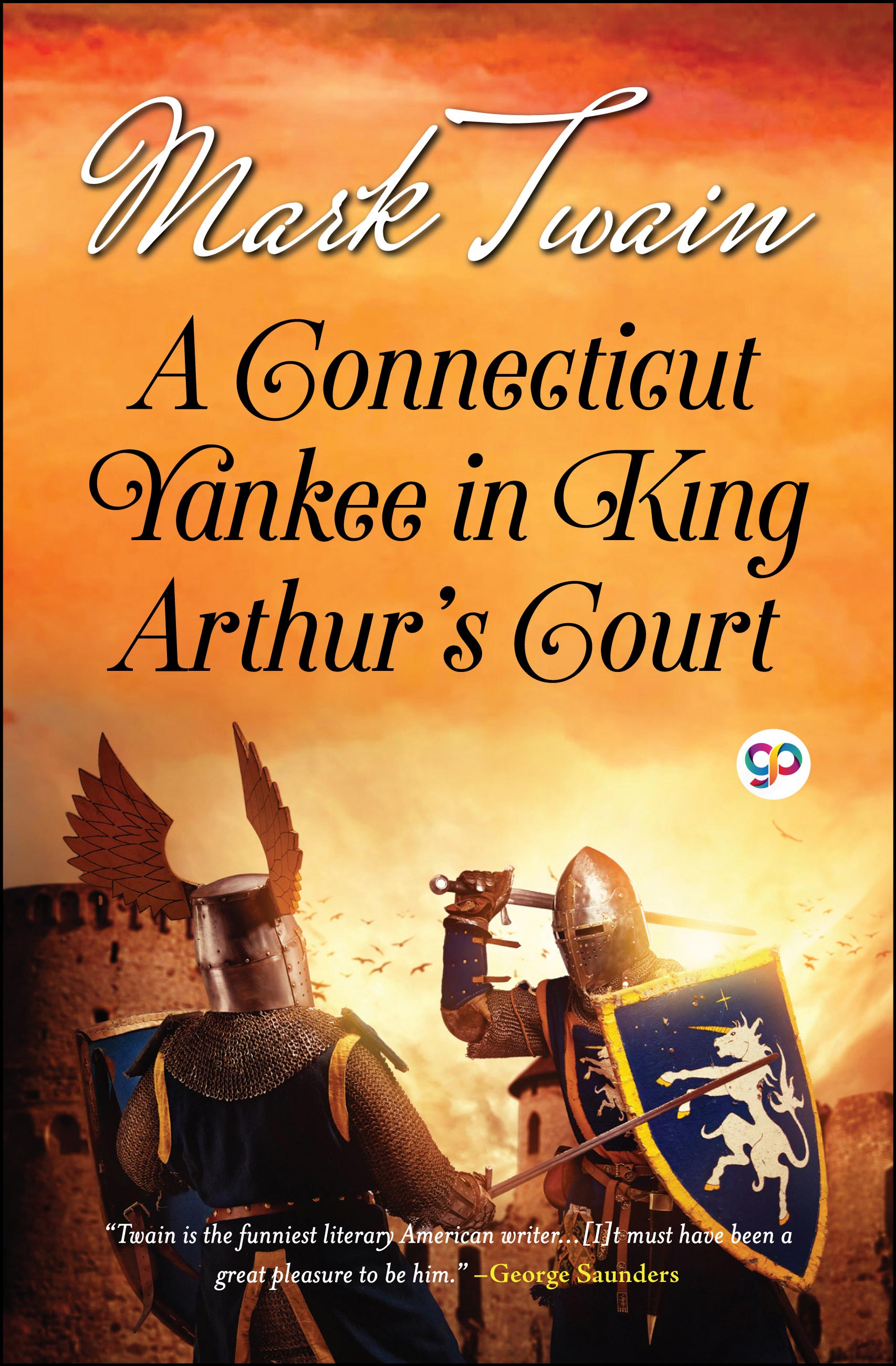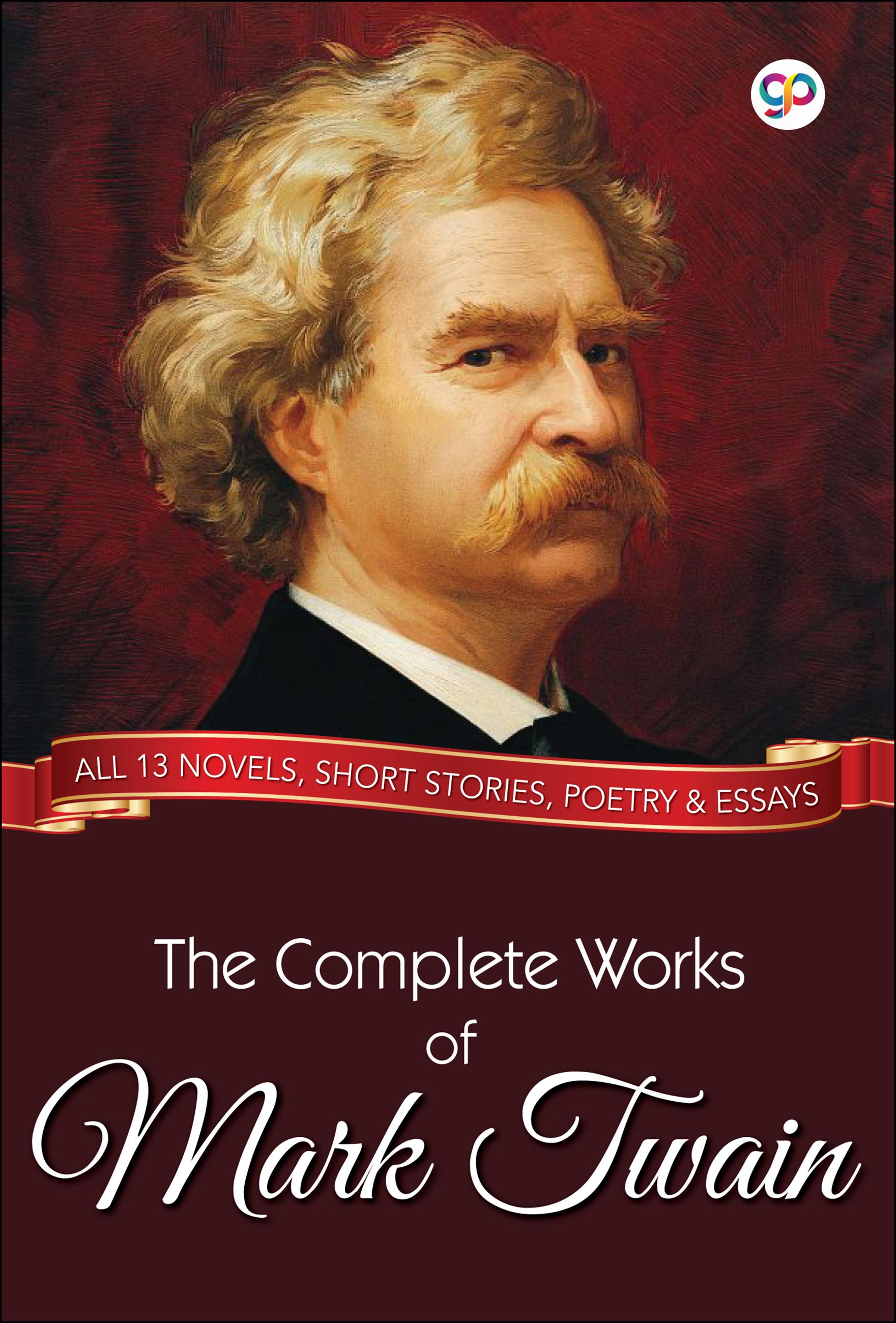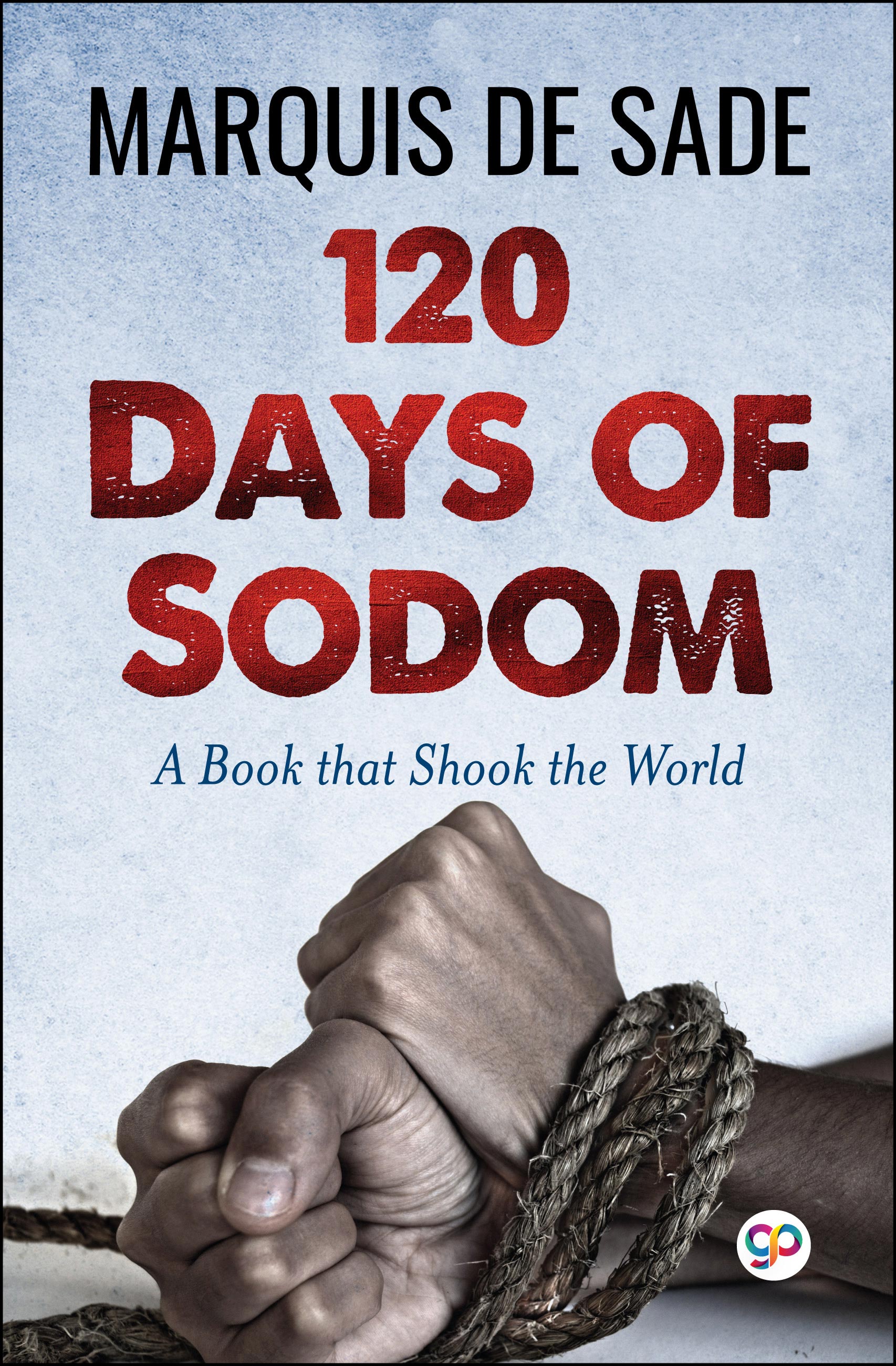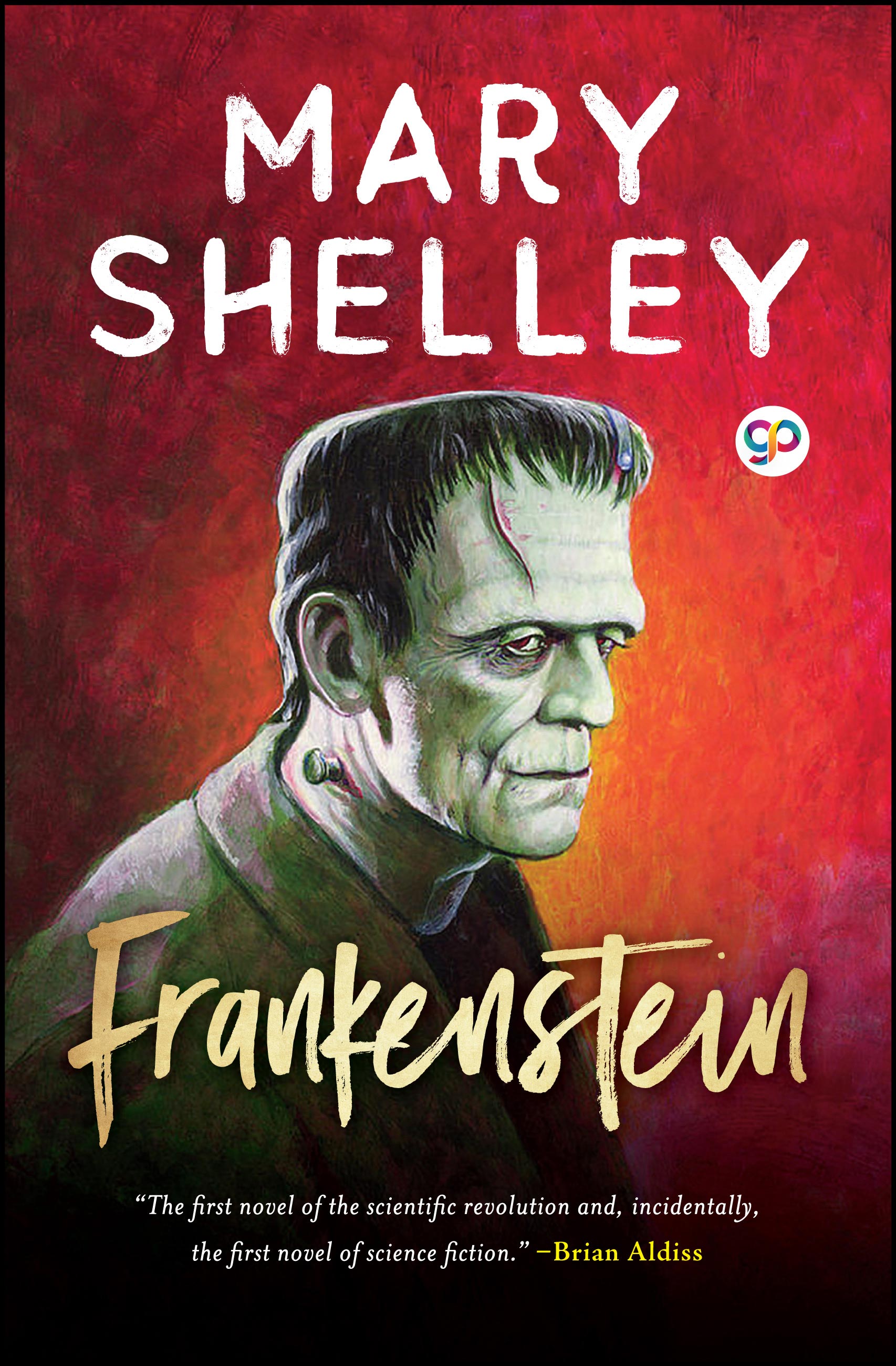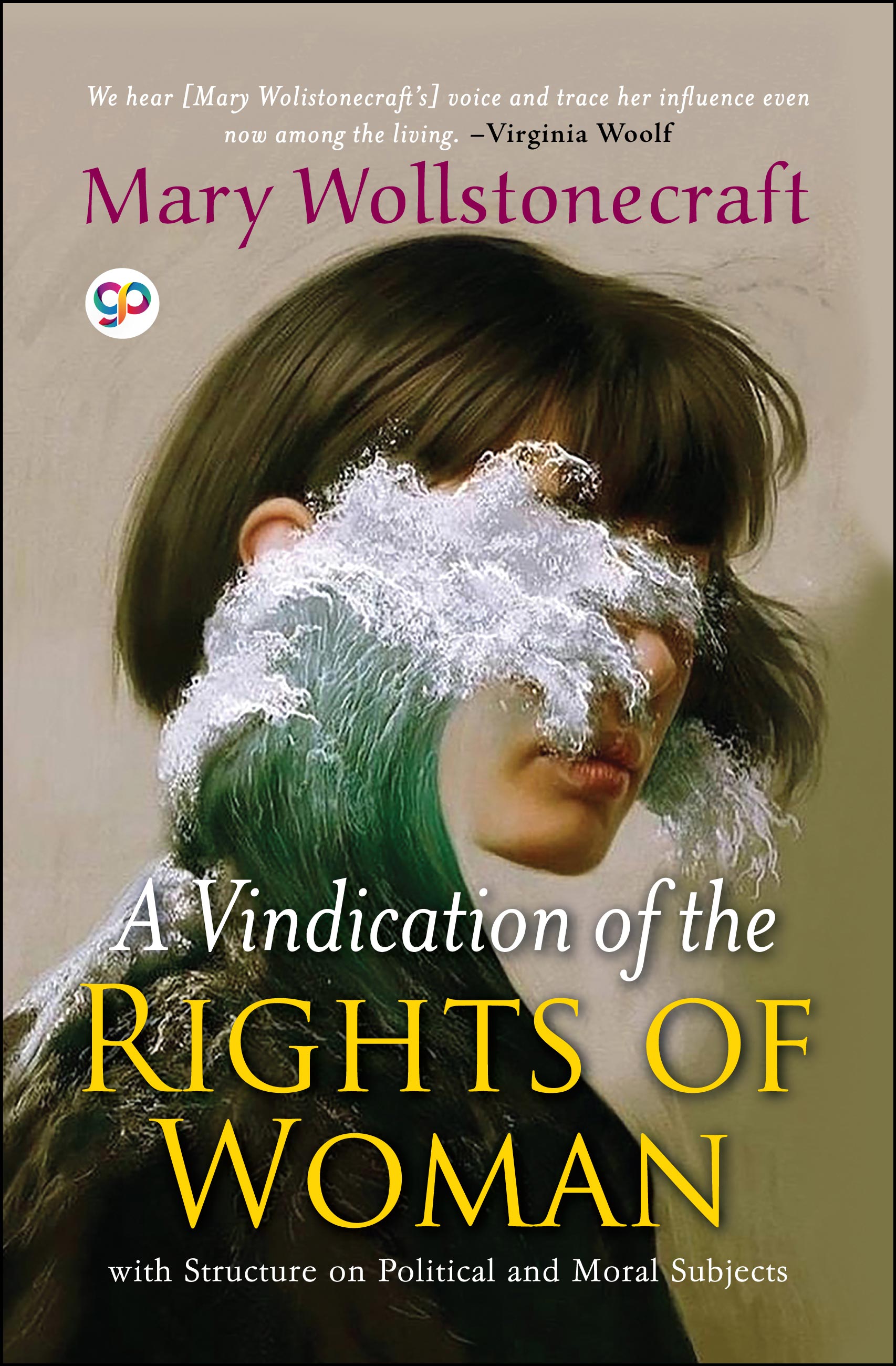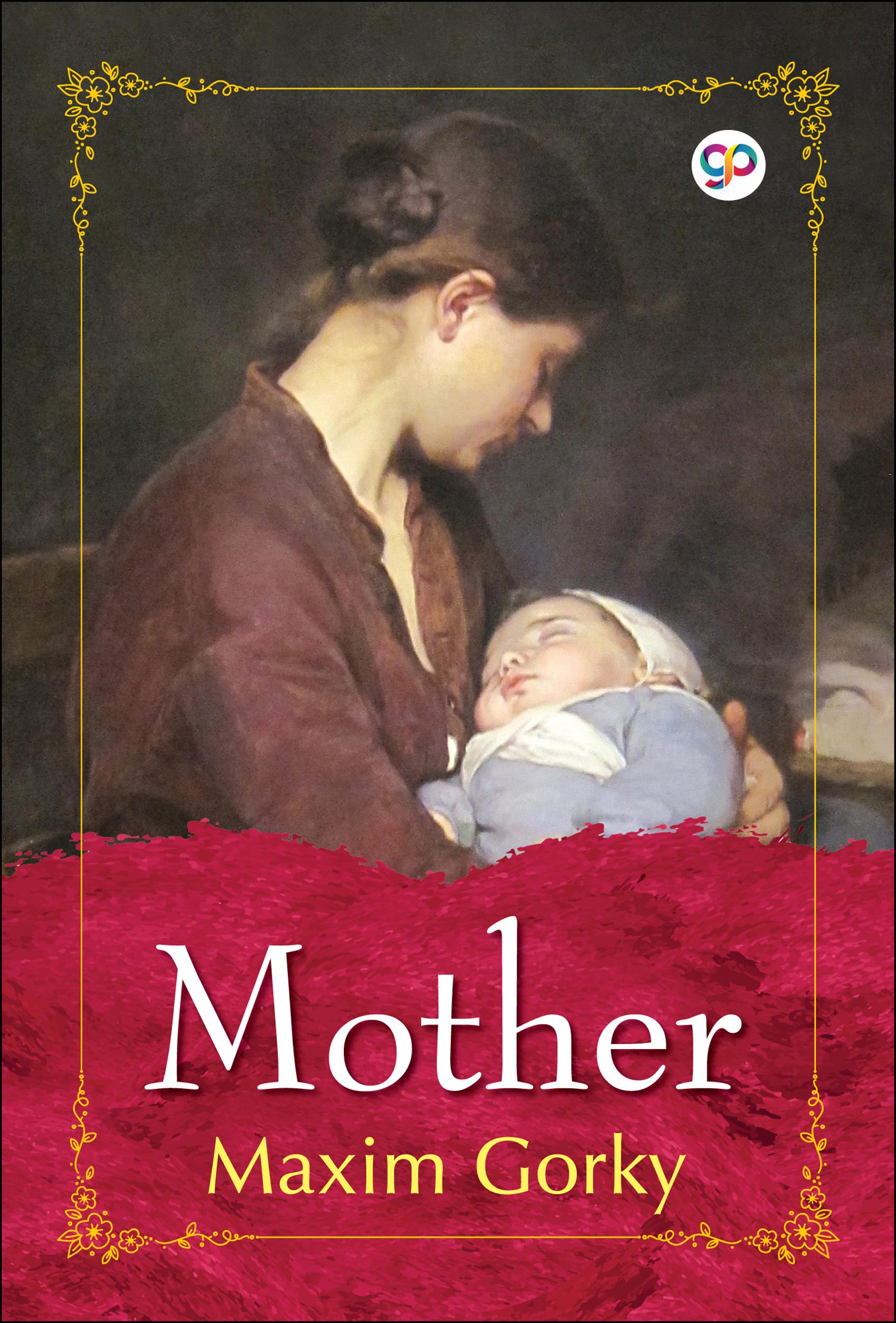
The Woman in White (Hardcover)
One of the earliest works of ‘detective’ fiction with a narrative woven together from multiple characters, Wilkie Collins partly based his infamous novel on a real-life eighteenth-century case of abduction and wrongful imprisonment. In 1859, the story caused a sensation in its readers, hooking their attention with the ghostly first scene where the mysterious ‘Woman in White’ Anne Catherick comes across Walter Hartright. Chilling, suspenseful, and tense in mood, the novel remains as emotive for its readers today as when it was first published.
Wilkie Collins, worked first in business and then the law, but eventually turned to literature. During his lifetime, he wrote 30 novels, more than 60 short stories, at least 14 plays, and more than 100 non-fiction pieces. His works include ‘Antonia’, ‘The Woman in White’, ‘The Moonstone’, ‘The Haunted Hotel’, and ‘Heart and Science’. He was a close friend of Charles Dickens and collaborated with him.
BEST SELLERS
About the Author
Wilkie Collins was an English novelist and playwright, best known for The Woman in White (1860), an early sensation novel, and The Moonstone (1868), a pioneering work of detective fiction. Born to landscape painter William Collins and Harriet Geddes, he spent part of his childhood in Italy and France, learning both languages. Initially working as a tea merchant, he later studied law, though he never practiced. His literary career began with Antonina (1850), and a meeting with Charles Dickens in 1851 proved pivotal. The two became close friends and collaborators, with Collins contributing to Dickens' journals and co-writing dramatic works.
Collins' success peaked in the 1860s with novels that combined suspense with social critique, including No Name (1862), Armadale (1864), and The Moonstone, which established key elements of the modern detective story. His personal life was unconventional—he openly opposed marriage and lived with Caroline Graves and her daughter for much of his life, while also maintaining a separate relationship with Martha Rudd, with whom he had three children.
Plagued by gout, Collins became addicted to laudanum, which affected both his health and later works. Despite declining quality in his writing, he remained a respected figure, mentoring younger authors and advocating for writers' rights. He died in 1889 and was buried in Kensal Green Cemetery. His legacy endures through his influential novels, which laid the groundwork for both sensation fiction and detective literature.

